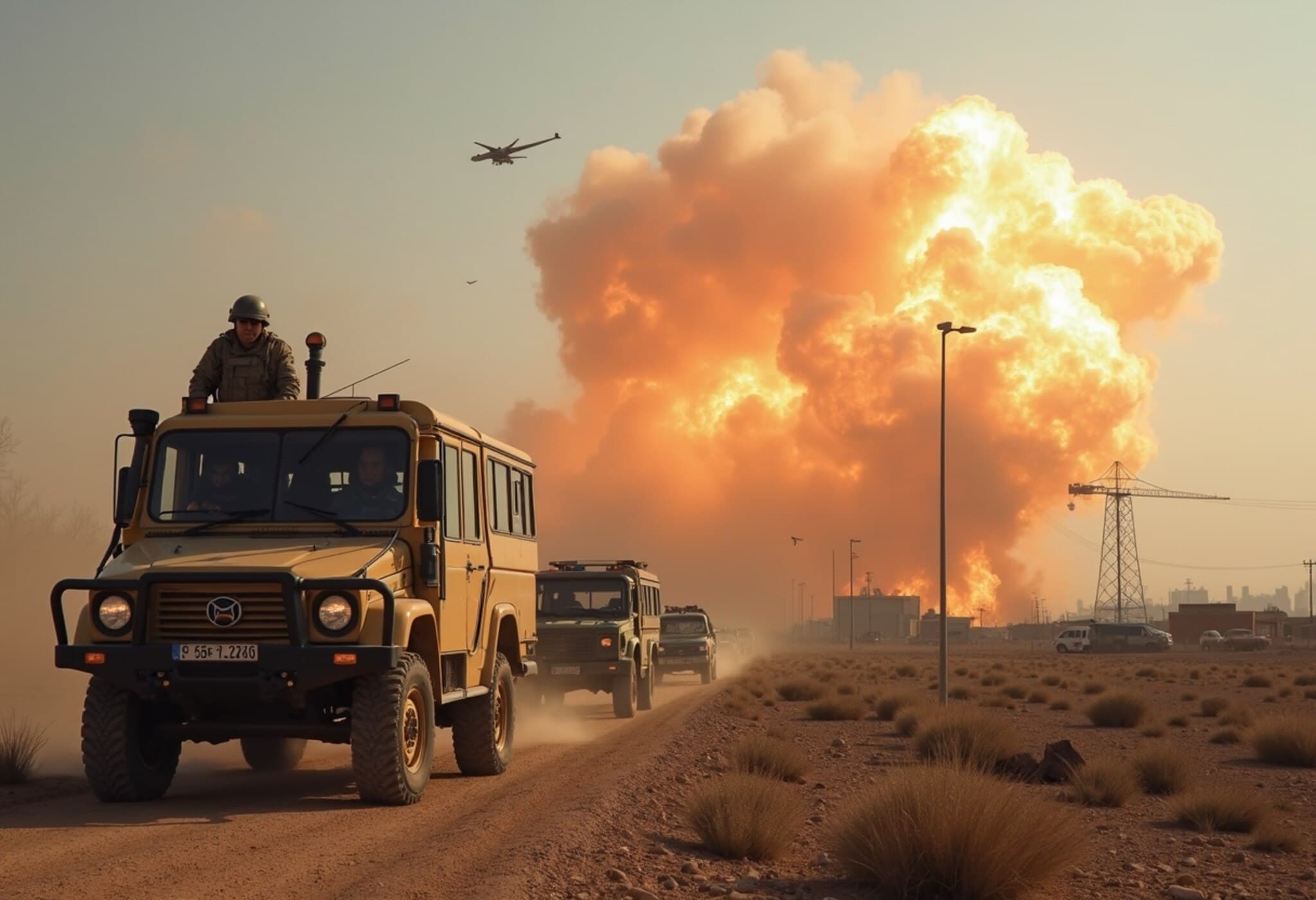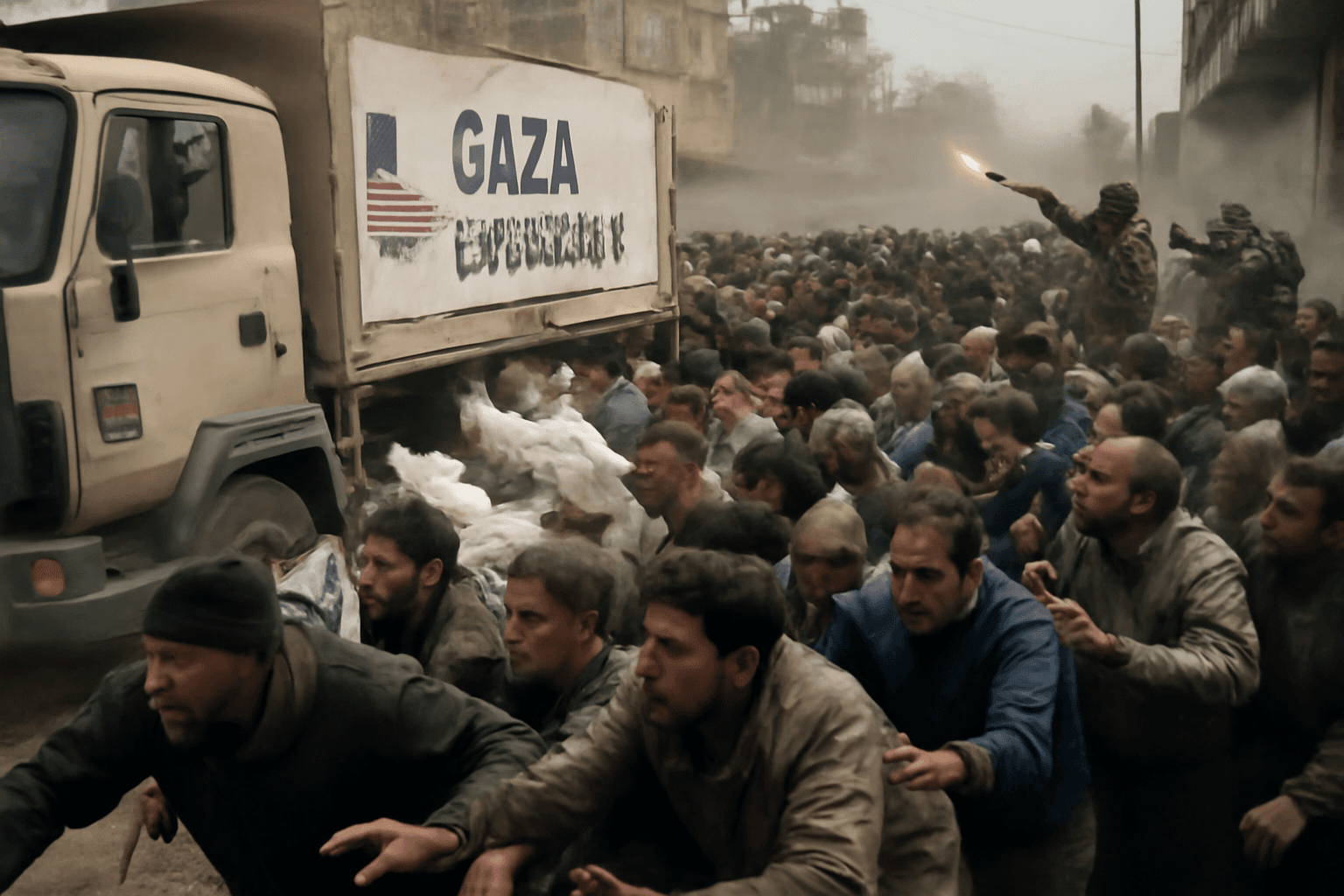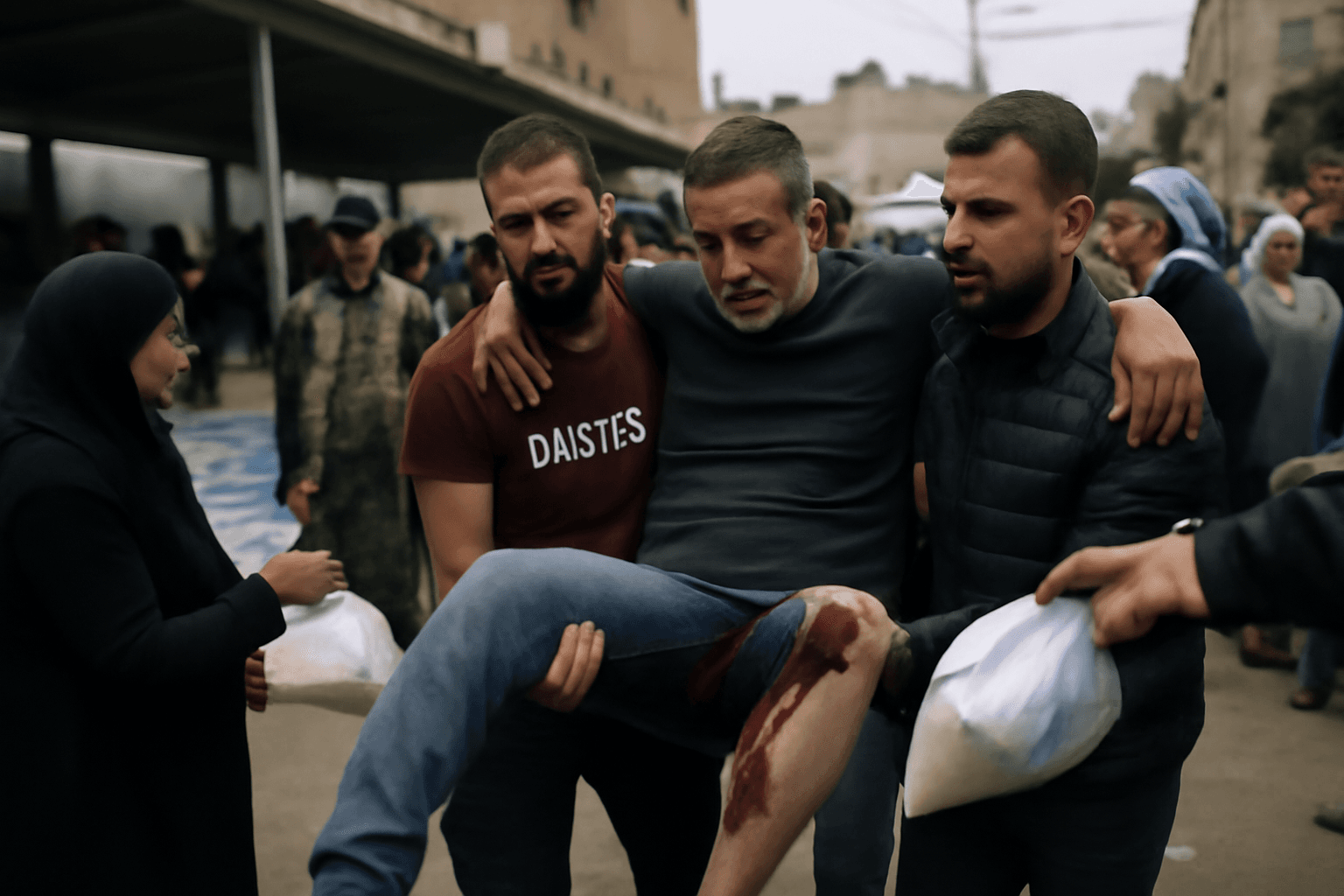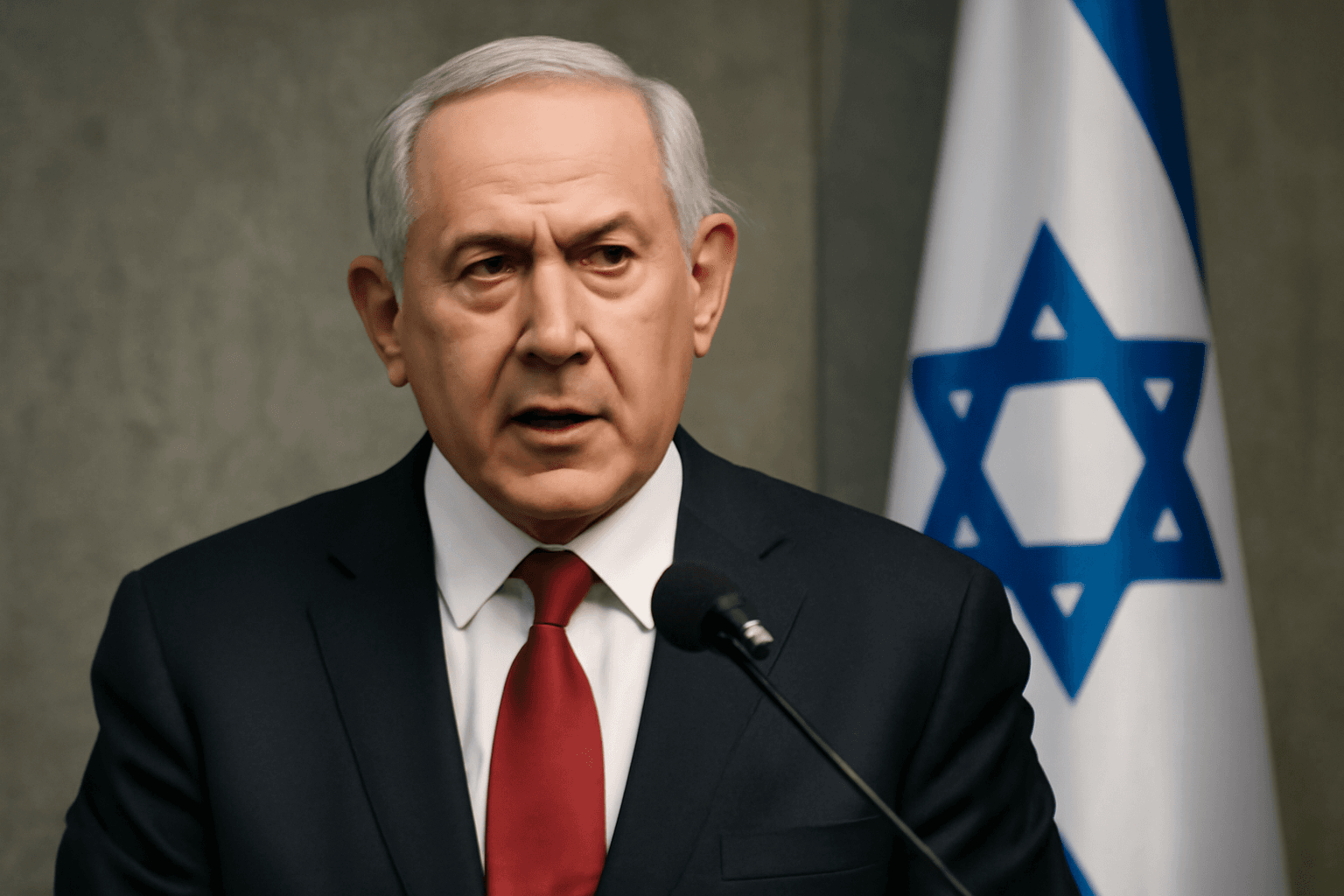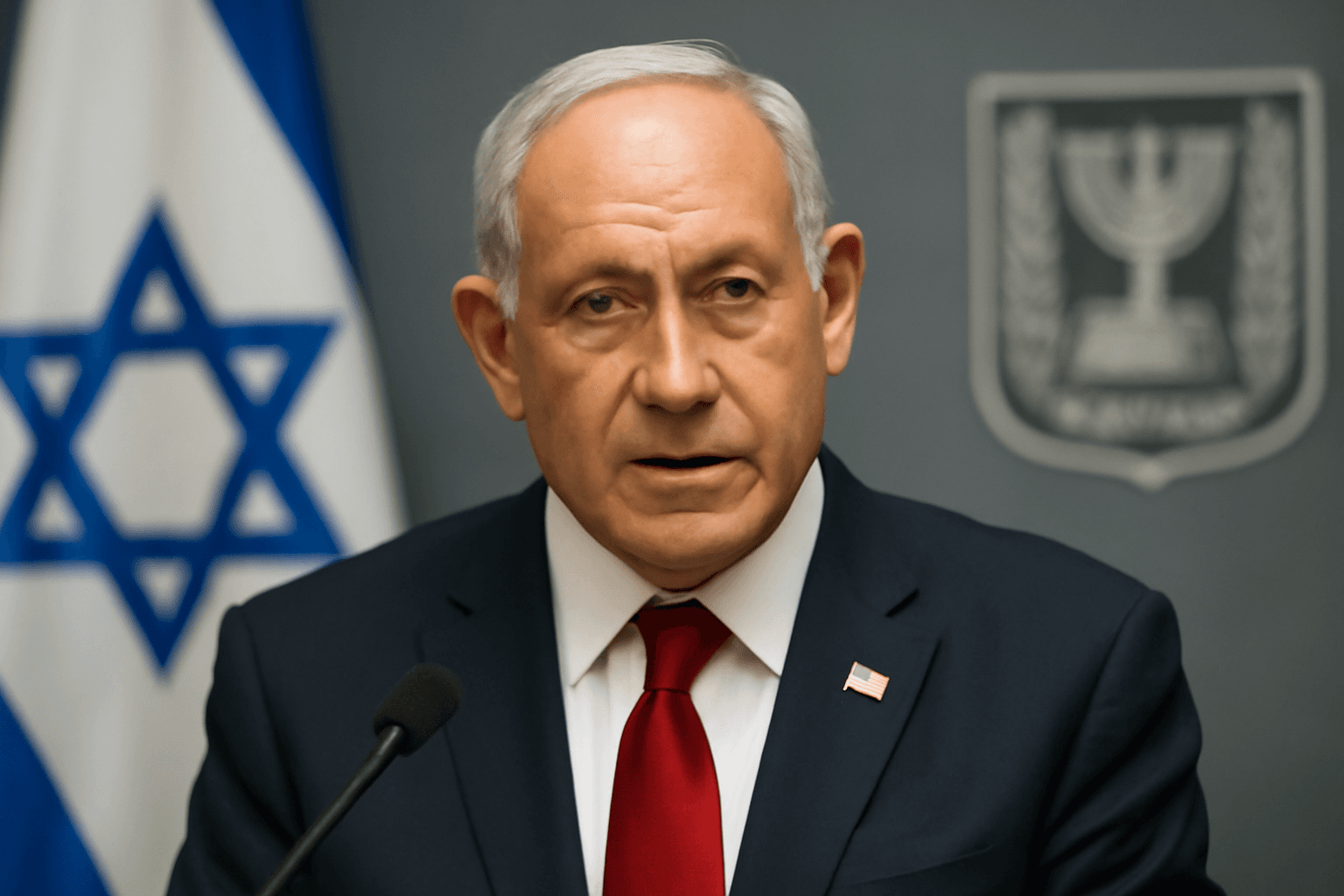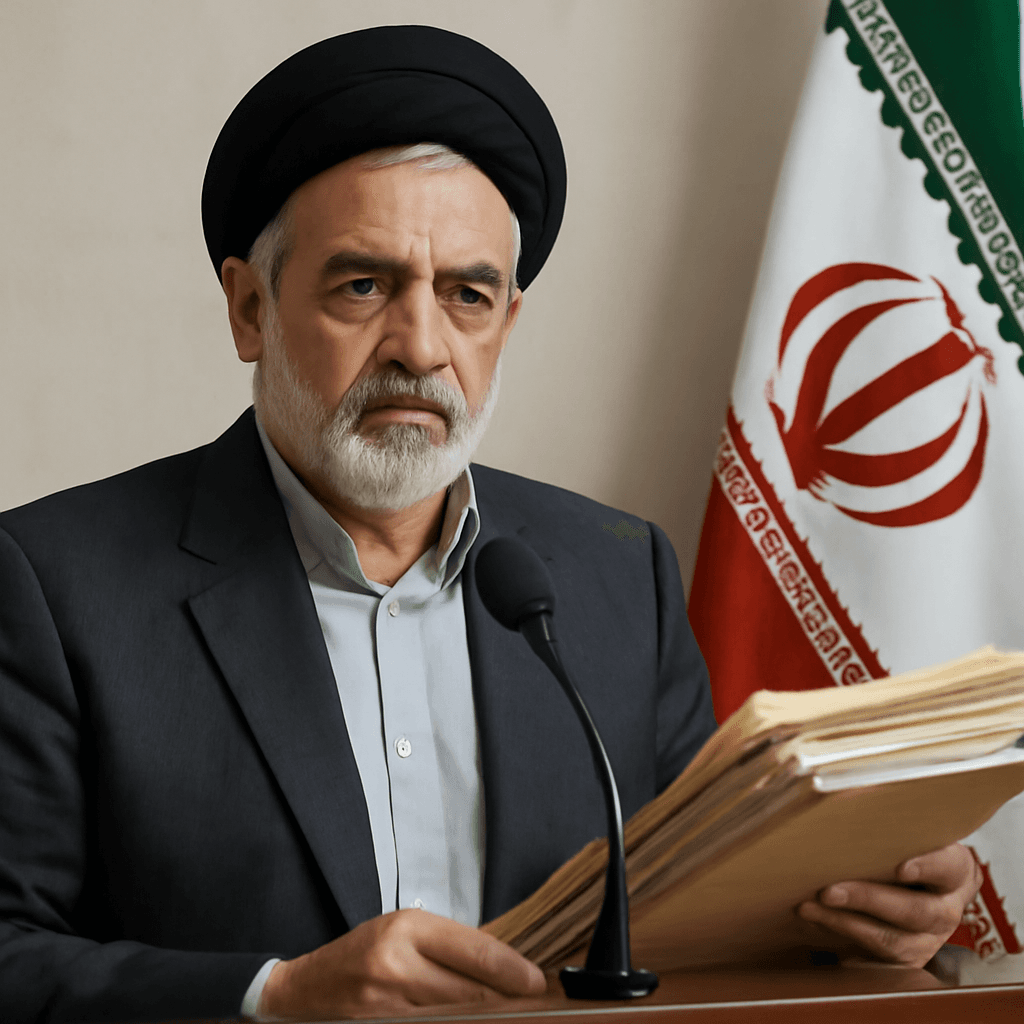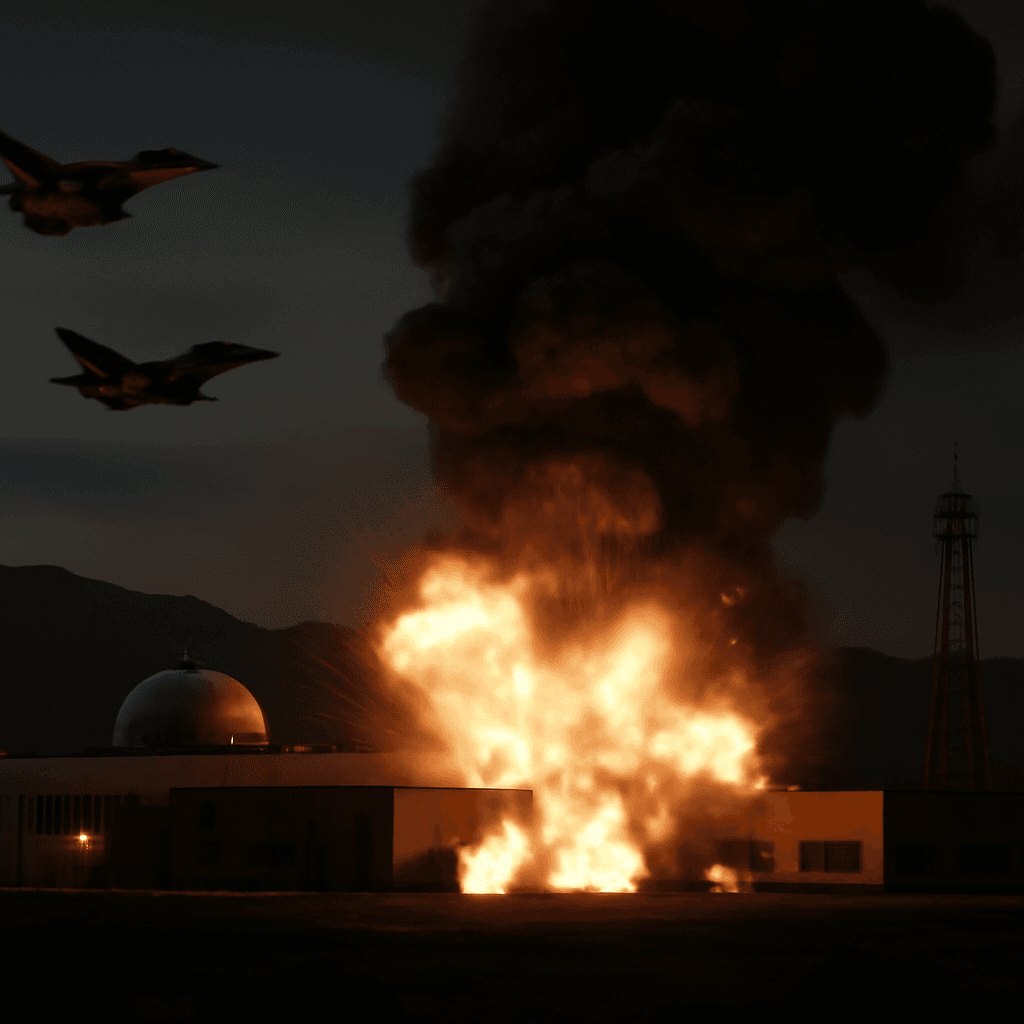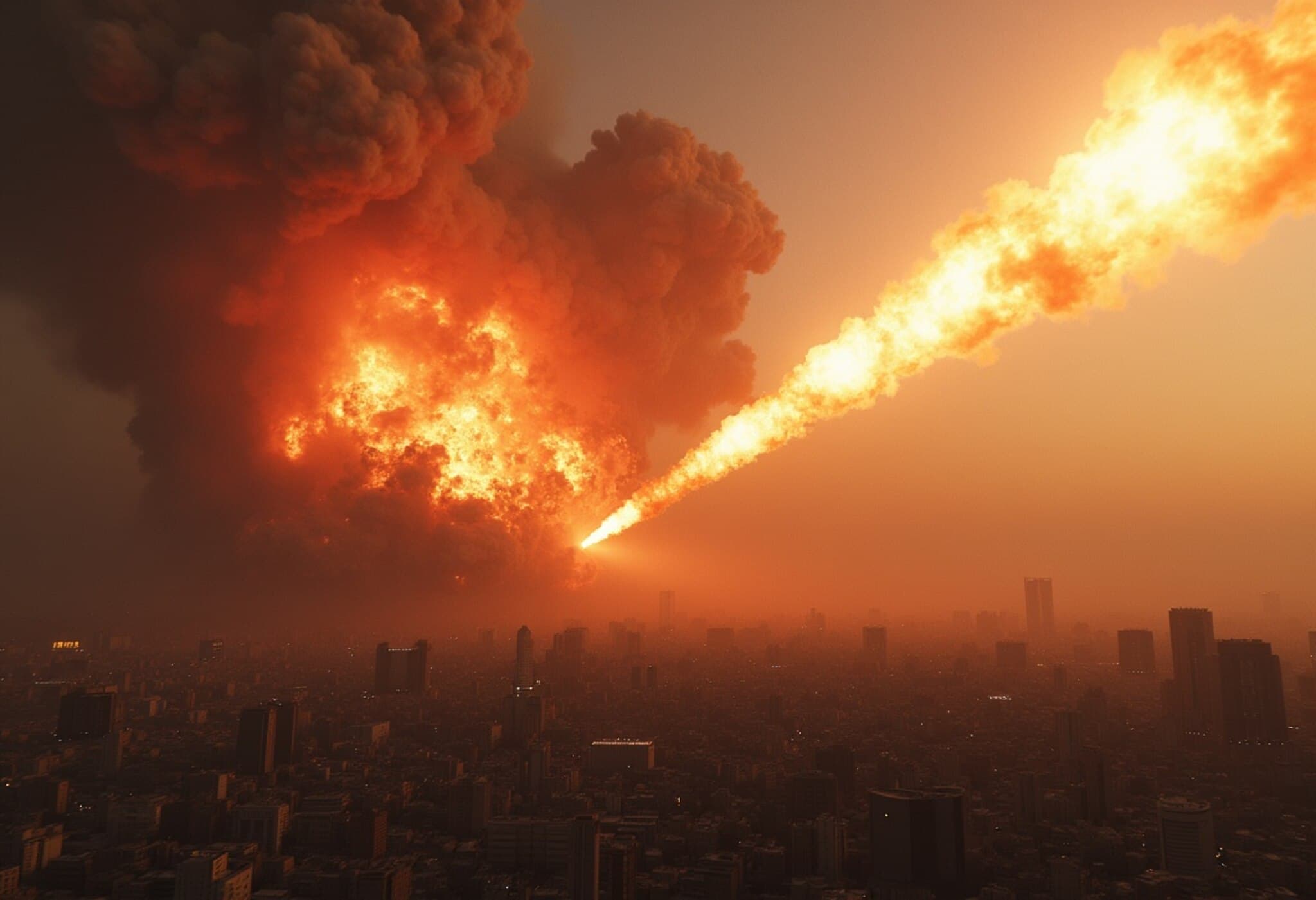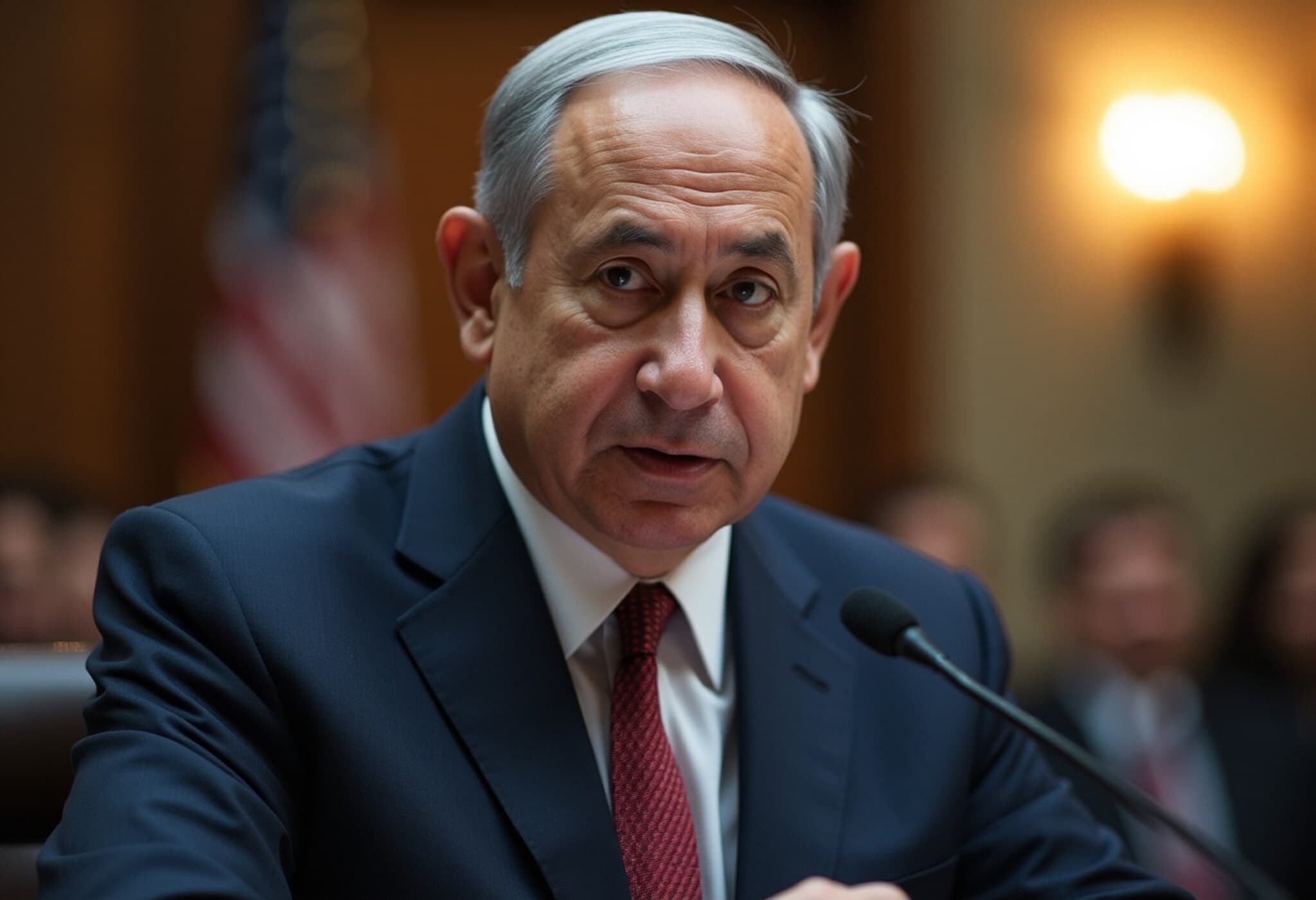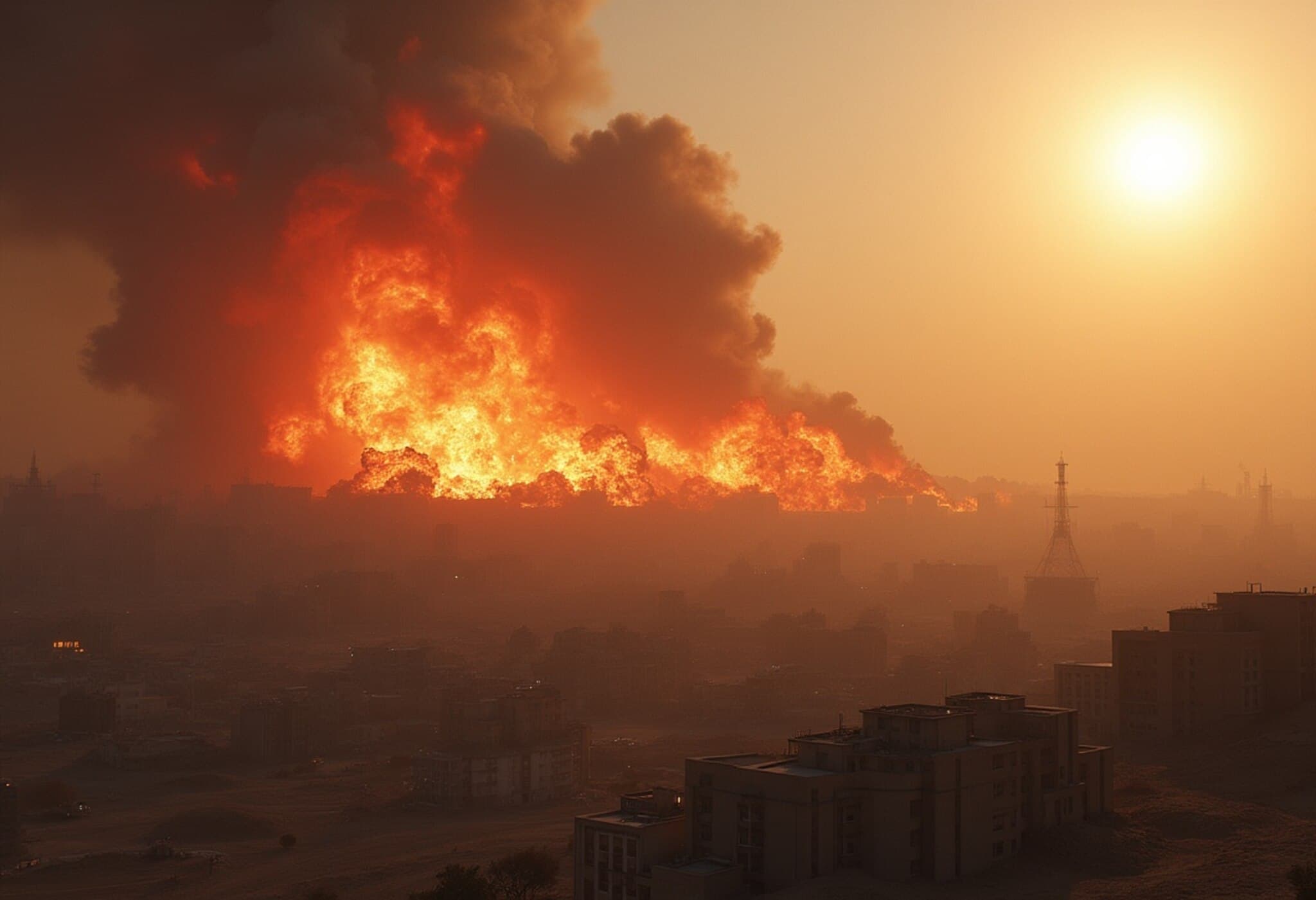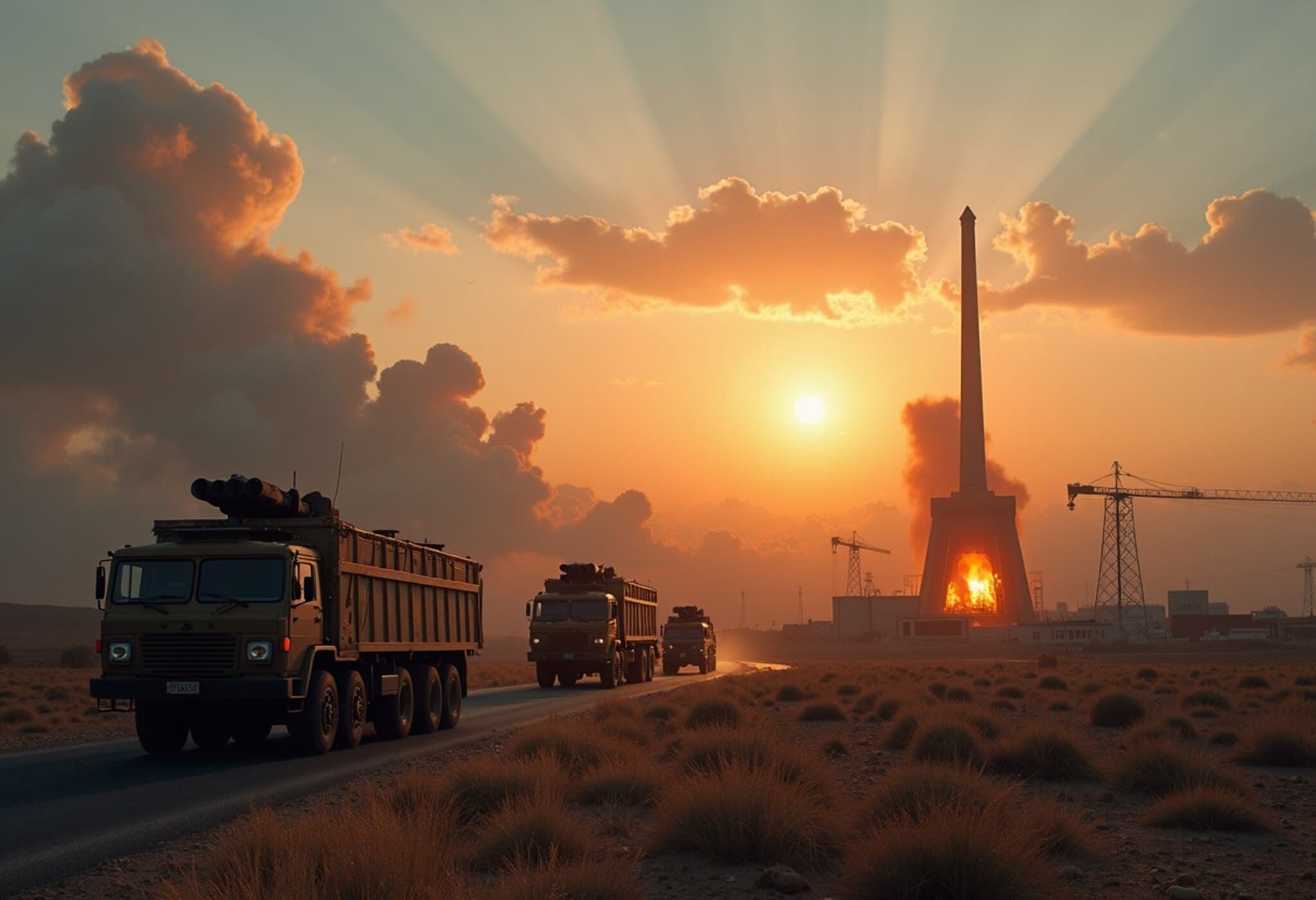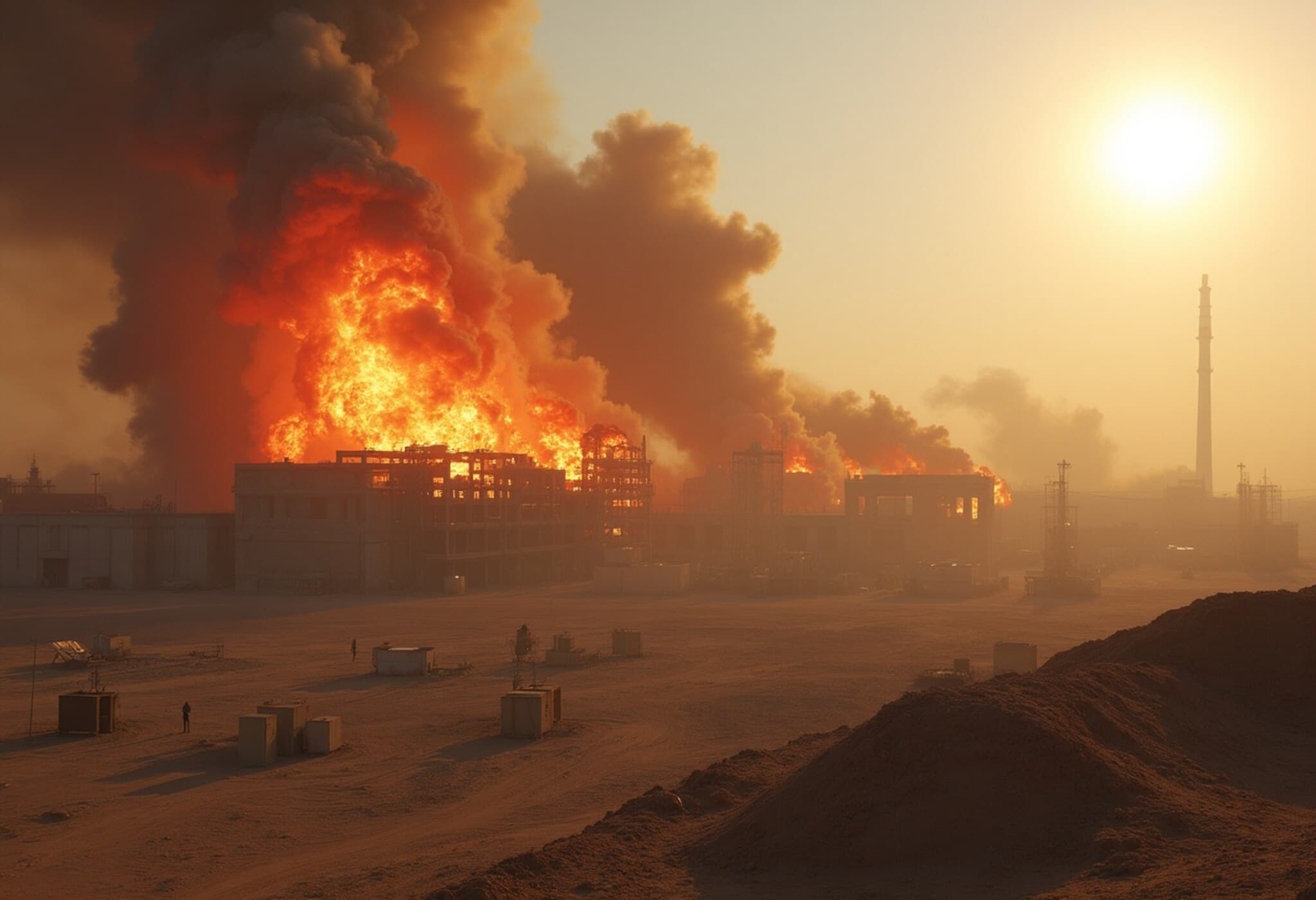Israel Strikes Deal Critical Blow to Iran's Nuclear Ambitions
In the early hours of Friday, Israel conducted a series of precise airstrikes targeting key Iranian nuclear facilities, inflicting significant damage on Tehran’s atomic program. The assault dealt a critical setback by destroying an essential uranium enrichment plant, killing crucial personnel, and crippling power supplies fundamental to ongoing nuclear operations. Experts now estimate this action may delay Iran's nuclear progress by months, if not years.
Natanz Facility: Where the Damage Hit Hardest
The primary target was the Natanz uranium enrichment site, Iran’s oldest and most vital plant situated about 220 kilometers southeast of Tehran. According to top international nuclear watchdog officials, the attack demolished the above-ground section where uranium was being enriched up to 60% purity. Additionally, the strike wiped out the plant’s main electric substation, emergency backup generators, and supporting power systems—all crucial to keep the centrifuges spinning.
While there was no confirmed radiation leak or direct harm to Natanz's underground sections, the power outage likely disrupted operations deep beneath the surface. This subterranean facility houses nearly 10,000 centrifuges enriching uranium to about 5%, typically used to fuel nuclear power but also a stepping stone toward weapons-grade material.
Experts have pointed out the fragility of the centrifuges; sudden shocks and power failures can irreparably damage these delicate machines, especially if active during the strike. One analyst estimated the impact could push back Iran’s bomb production timeline by approximately a year, highlighting the strike’s strategic effectiveness.
The Fortified Fordo Site: Challenges and Possibilities
In addition to Natanz, reports mention explosions near the Fordo facility, located roughly 100 kilometers southwest of Tehran and concealed beneath a mountain. Fordo is home to Iran’s most advanced centrifuges, enriching uranium close to weapons-grade levels at 60%.
Due to the hardened mountain defenses, experts believe Israel currently lacks the means to penetrate Fordo with direct ordnance, requiring massive bunker-busting bombs only possessed by the United States. Nevertheless, sabotage tactics such as cutting off power or obstructing entrances are plausible methods to disrupt operations from the outside, which could still cause significant damage to the centrifuges inside.
Targeting the Minds Behind the Program
The operation reportedly went beyond infrastructure destruction, claiming the lives of multiple key figures within Iran’s nuclear establishment—including both scientists and military officials. This fits a pattern of targeted efforts aimed at weakening Iran’s nuclear expertise by “decapitating” the brains behind the program.
Israel’s history includes similar actions such as assassinations of nuclear scientists and cyberattacks like the infamous Stuxnet worm that disrupted Iran’s infrastructure in 2010.
No Radiation Spike, But Toxic Dangers Linger
International authorities confirmed there was no increase in radiation levels following the attack, reassuring the global community about nuclear safety. Though uranium itself poses a limited immediate threat unless ingested in large quantities, the strike carried risks from the release of fluorine gas—a volatile chemical used in uranium enrichment. Exposure to fluorine can cause serious burns and lung damage if inhaled.
Experts warn that if fluorine was released during the strike, it could have been deadly for personnel nearby, adding another layer of danger to the assault’s aftermath.
What Lies Ahead in the Nuclear Standoff?
Iran continues to insist its nuclear program has peaceful objectives, yet regulators have expressed serious concerns as Tehran now holds enough enriched uranium to potentially manufacture multiple nuclear weapons if it chooses. Since the US withdrew from the nuclear deal in 2018, Iran’s nuclear capabilities have accelerated sharply.
In response to the attack, Israel’s Prime Minister delivered a stark message: “The strikes will persist for however long it takes to neutralize this threat.” With Israel demonstrating growing intelligence and precision in targeting Iran’s nuclear infrastructure, experts suggest this may mark the beginning of a sustained, covert campaign rather than an isolated incident. This new phase could significantly influence the regional nuclear landscape and heighten tensions moving forward.

